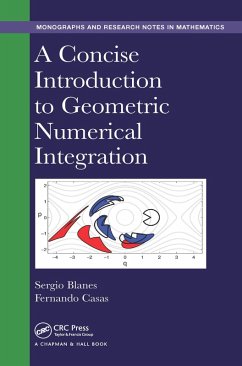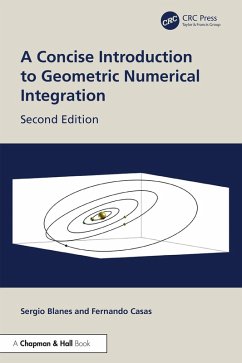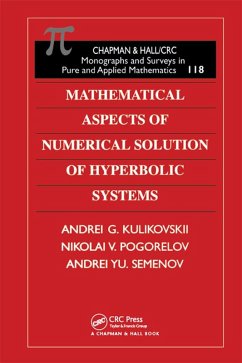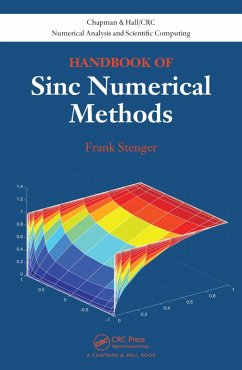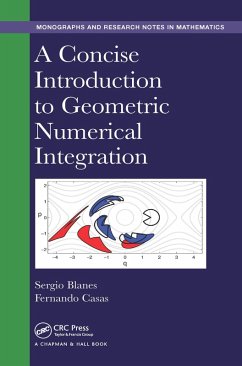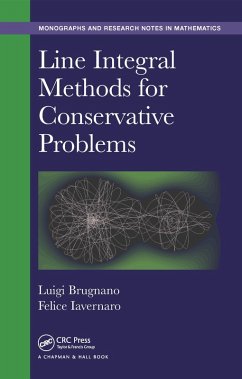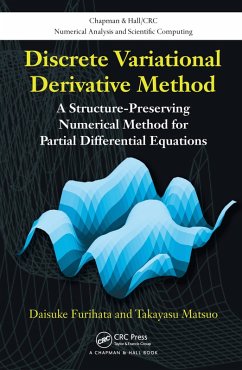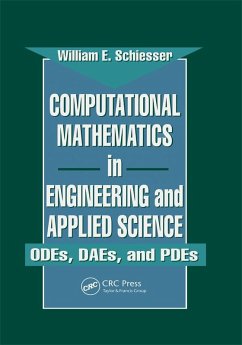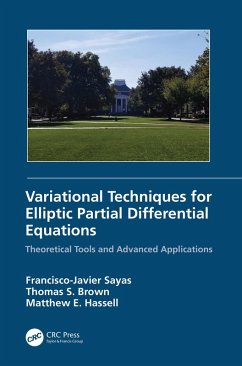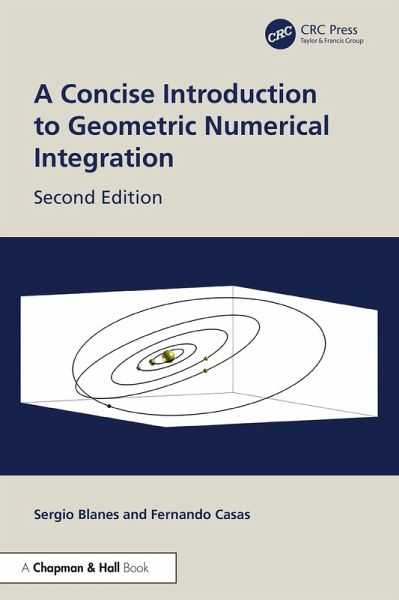
A Concise Introduction to Geometric Numerical Integration (eBook, ePUB)
Versandkostenfrei!
Sofort per Download lieferbar
52,95 €
inkl. MwSt.
Weitere Ausgaben:

PAYBACK Punkte
26 °P sammeln!
"This book is highly recommended for graduate students, postgraduate researchers, and researchers interested in beginning study in the field of geometric numerical integration."-Mathematical ReviewsA Concise Introduction to Geometric Numerical Integration, Second Edition presents the main themes, techniques, and applications of geometric integrators for researchers in mathematics, physics, astronomy, and chemistry who are already familiar with numerical tools for solving differential equations. It also offers a bridge from traditional training in the numerical analysis of differential equation...
"This book is highly recommended for graduate students, postgraduate researchers, and researchers interested in beginning study in the field of geometric numerical integration."
-Mathematical Reviews
A Concise Introduction to Geometric Numerical Integration, Second Edition presents the main themes, techniques, and applications of geometric integrators for researchers in mathematics, physics, astronomy, and chemistry who are already familiar with numerical tools for solving differential equations. It also offers a bridge from traditional training in the numerical analysis of differential equations to understanding recent, advanced research literature on numerical geometric integration.
Accessible to researchers and post-graduate students from diverse backgrounds, this introductory book gets readers up to speed on the most significant ideas, methods, and applications. Readers can reproduce the figures and results given in the text using the MATLAB® programs and model files available online.
New to the second edition
· Focus on single-step methods for solving differential equations.
· Full-scale rewrite of Chapter 3,with a new introduction and a more comprehensive treatment of non-autonomous systems and the processing technique.
· New section dedicated to multi-product methods in Chapter 4, and a mention the class of Crouch-Grossman and positivity-preserving integrators.
· A fresh introduction and a more detailed discussion of splitting and composition methods with complex coefficients in Chapter 6.
· A brand-new Chapter 7, showcasing some compelling applications where geometric integrators are now being used.
· Redesigned figures throughout, with improved their clarity and readability. The codes for generating them are provided at the website accompanying the book.
· New exercises, as well as an enhanced list of bibliographic references.
-Mathematical Reviews
A Concise Introduction to Geometric Numerical Integration, Second Edition presents the main themes, techniques, and applications of geometric integrators for researchers in mathematics, physics, astronomy, and chemistry who are already familiar with numerical tools for solving differential equations. It also offers a bridge from traditional training in the numerical analysis of differential equations to understanding recent, advanced research literature on numerical geometric integration.
Accessible to researchers and post-graduate students from diverse backgrounds, this introductory book gets readers up to speed on the most significant ideas, methods, and applications. Readers can reproduce the figures and results given in the text using the MATLAB® programs and model files available online.
New to the second edition
· Focus on single-step methods for solving differential equations.
· Full-scale rewrite of Chapter 3,with a new introduction and a more comprehensive treatment of non-autonomous systems and the processing technique.
· New section dedicated to multi-product methods in Chapter 4, and a mention the class of Crouch-Grossman and positivity-preserving integrators.
· A fresh introduction and a more detailed discussion of splitting and composition methods with complex coefficients in Chapter 6.
· A brand-new Chapter 7, showcasing some compelling applications where geometric integrators are now being used.
· Redesigned figures throughout, with improved their clarity and readability. The codes for generating them are provided at the website accompanying the book.
· New exercises, as well as an enhanced list of bibliographic references.
Dieser Download kann aus rechtlichen Gründen nur mit Rechnungsadresse in A, B, BG, CY, CZ, D, DK, EW, E, FIN, F, GR, HR, H, IRL, I, LT, L, LR, M, NL, PL, P, R, S, SLO, SK ausgeliefert werden.




